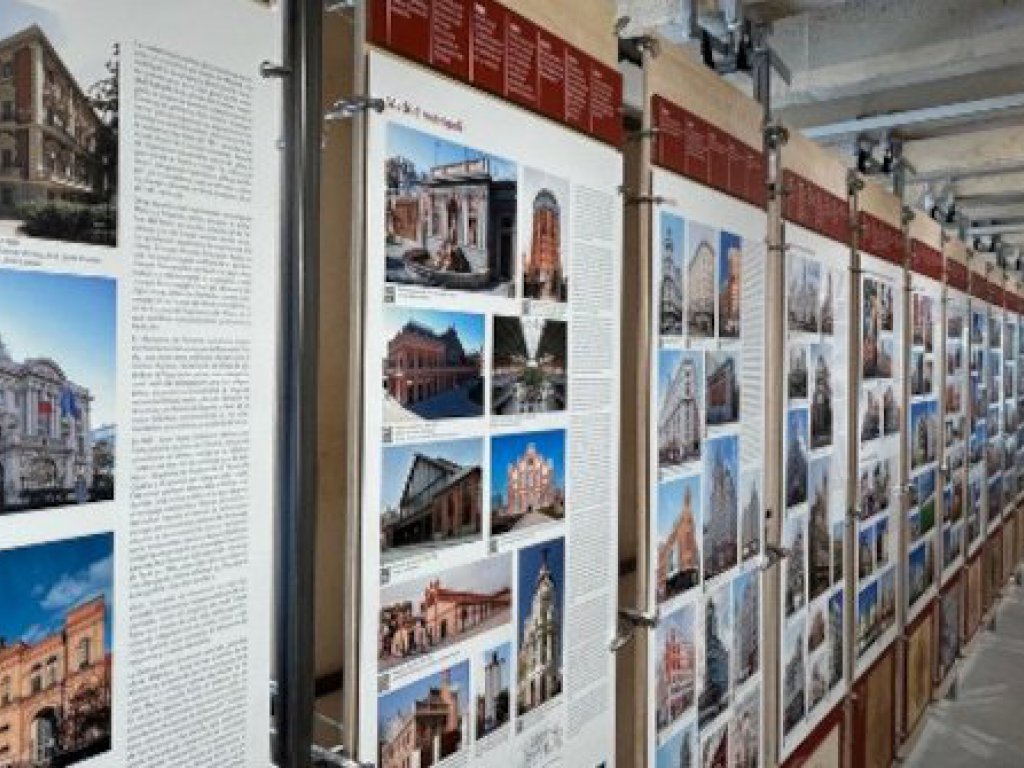Situated in Chueca, the old Colegio de las Escuelas Pías de San Antón (occupying an old leprosy hospital) is now the house of the Colegio Oficial de Arquitectos de Madrid, since being reformed by the architect Gonzalo Moure in 2012.
The building is a multi-purpose space spread over more than 12,000 m2, with four floors and a central garden. It houses the new headquarters of COAM, the Fundación Arquitectura and the Instituto de Formación Contínua, which offers postgraduate courses (face-to-face and online), in addition to the library, the Historical Service, several exhibition spaces and a shop. The property also houses diverse municipal facilities and public spaces, among which the Escuelas de San Antón Municipal Sports Centre, with a covered swimming pool, a nursery school, a senior citizens’ centre, a music school, the Bosco de Lobos Italian restaurant, a terrace, multifunctional spaces for events, a showroom and a car park with 466 spaces.
The San Antón church from the old hospital, built by Pedro de Ribera in 1753, still stands. However, the large refurbishment was conducted by the architect Francisco deRivas between 1794 and 1832, to adapt it for its new function as a school and the church shows the Baroque decoration typical of the architect. The feast of Saint Anthony (17 January) is still celebrated, where animals are blessed and "panecillos" of the saint are sole.
The exterior of the building stands out thanks to its facade, designed by Ventura Rodríguez, known as Fuente de los Delfines (Fountain of the Dolphins), built between 1770 and 1772, refurbished in 1900 and situated on the corner between calles Hortaleza and Santa Brígada.
Madrid Architecture Gallery
The Official Association of Architects of Madrid and the Arquitectura Foundation have opened the Madrid Architecture Gallery, a new exhibition space devoted permanently to Spanish Architecture.
This space explains the evolution of Madrid's architecture through models and graphic and bibliographic documents that analyse the different themes. The former focus on restoration and intervention in the built heritage, exhibition halls and the architect's journey (reflecting the tradition of incorporating travel as an intrinsic part of an architect's training, which dates back to the 18th century, showing documents by Fernando García Mercadal or Ramón Vázquez Molezún, among others).

This gallery was designed to reach people from all walks of life and attract society as a whole towards this discipline that has had such an influence on people's lives. In addition to the permanent exhibition, which features a timeline from the origins of architecture in Madrid to the 21st century, complemented by the aforementioned themed areas, two-monthly temporary exhibitions and complementary activities will also be held, such as workshops, guided visits and conferences to raise awareness of the work of Spanish architects or works in Spain and other ways of building architecture.